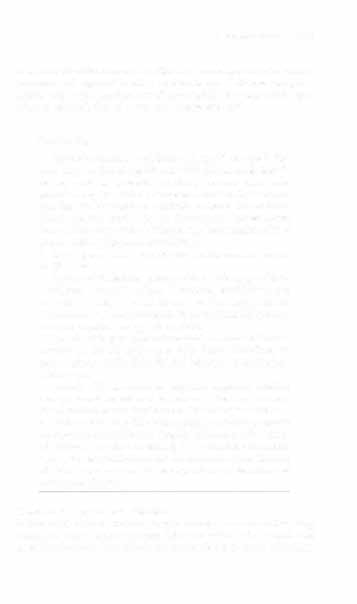i bc27f85be50b71b1 (211 page)
Read i bc27f85be50b71b1 Online
Authors: Unknown

of insulin pump therapy at nighttimc only for children 7-10 years of age with rype 1
diabetes. Diabetes Care 2000; 123(5):579.



ENDOCRINE SYSTEM
677
Research directed at curing type I diabetes is aimed at specifically
idenrifying the causative genes, permanent replacement of lost betacell function, which could involve islet cell transplantation, regeneration of beta cells, or development of an immortalized insulin-secreting cell line.J1
Clinical Tip
•
Hypoglycemia may occur during exercise or up to 24
hours after exercise because of an inability to regulate
insulin levels. To help prevent this, the patient should con·
sume extra carbohydrates before and during exercise (e.g.,
JOg of carbohydrates per 30 minutes of activity), and the
nurse or patient may also decrease the dose or rate of insulin infusion, especially with CSII.
•
The physical therapist should be aware of the catheter
placement on the patient for CSII therapy so the catheter
will not be disrupted during intervention.
•
Circulation of insulin that is injected into an exercising
limb is enhanced as a result of increased blood flow and
temperature. The injection into the exercising limb may,
therefore, lead to hypoglycemia. Insulin can be injected
into the abdomen to help prevent this process.
•
Insulin is necessary to modulate lipolysis and hepatic
(liver) glucose production during exercise. Performing
exercise without adequate insulin can lead to hyperglycemia and ketogenesis.
•
The physical therapist should inquire about the
patient's blood glucose levels before and afrer exercise to
assist in physical therapy planning.
•
Coordinating physical therapy sessions with meals and
insulin injections may help optimize exercise tolerance.
•
Keeping graham crackers close by when working with
diabetic individuals is helpful in case hypoglycemia does
occur with activity.
Type 2 Diabetes
Type 2 diabetes is more common in the United States than type ·1
diabetes and generally occurs afrer 40 years of age. Type 2 diabetes is significantly linked to obesity, a sedentary lifestyle, and aging. Genetic predisposition has also been established.3o.JI.3J


678
AClJfE CARE HANDBOOK FOR PHYSICAL THERAPIST!,
The mechanism of type 2 diabetes involves increasing cellular resistance to insulin, which results in a compensatory hypersecretion of insulin from the pancreatic beta cells that ultimately leads to a failure
in insulin production.29-H Other etiologies for type 2 diabetes exist
but are nOt discussed in this text.
Signs and symptoms of type 2 diabetes may be similar to those of
type I diabetes but can also include the following:
•
Recurrent infections and prolonged wound healing
•
Genital pruritus
•
Visual changes
•
Paresthesias
Management of type 2 diabetes is similar to that of type 1 diabetes,
with an emphasis on medical nutritional therapy and exercise to control hyperglycemia. Oral hypoglycemic agents and actual insulin administration may also be used.J2,J4-J6 CSII has been shown to be as
effective as multiple do e injections of insulin in patients with type 2
diabetes.37 Clinical studies are also investigating the lise of inhaled
insulin for these patients, with preliminary results demonstrating
promising results.J8,J9
Listed below are oral hypoglycemic agents that help increase insulin production and belong to the drug class of slilfonyllireasJ2•1J: Tolbutamide (Orinase, Oramide)
Tolazamide (Tolinase, Ronase, Tolamide)
Chlorpropamide (Oiabinese)
Acetohexamide (Oymelor)
Glyburide (OiaBeta, Micronase)
Glipizide (Glucotrol)
An oral hypoglycemic agent that enhances glucose use in muscle is
metformin.33
Research direction for type 2 diabetes includes identifying the
genets) responsible for the predisposition to type 2 diabetes and the
mechanisms by which environmental factors trigger this predisposi-


ENDOCRINE SYSTEM
679
tion. Also, identification of the cellular defects responsible for insulin
resistance and impaired insulin secrerion in rype 2 diabetes will, it is
hoped, lead to the development of new medications that will be specific and relatively free of unwanted adverse effects.J1
Clinical Tip
•
Glycemic conrrol for patienrs with type 1 or type 2 diabetes may be altered significantly with the onset of new illnesses, such as systemic infection, because these new processes require added glucose metabolism. It is important for the therapist to carefully monitor the patient's blood glucose levels during therapeutic inrerventions,
because the symptoms of diabetes may be exacerbated in a
patient with significant comorbidities.
•
Blood glucose levels are denoted in the medical record
as BS levels.
•
Patients with diabetes present with a wide range of their
individual "normal" values. Therefore, establishing the
tolerable high or low value for each patient during the initial evaluation is very important in determining the parameters for physical therapy inrervenrion.
•
Patients with poor glycemic conrrol can have wide flucruations in rhe BS levels on a daily basis. Therefore, be
sure to always verify their BS level before physical therapy
intervention.
•
Consult with rhe nurse or physician regarding whether
therapy should be deferred for patienrs who were recently
placed on intravenous insulin to stabilize their glucose levels.
•
Patients who were following a regular exercise program
for glycemic control before hospital admission will require
education about how CO modify their exercise parameters
during the hospitalization and on discharge. Modification
of exercise parameters will be dependenr on the nature of
concurrent illnesses.
Complications of Diabetes Melli/us
Patients with diabetes mellitus, despite management, can still develop
organ and organ system damage linked to lesions of the small and
large blood vessels. Complications can manifest 2-15 years after diag-
